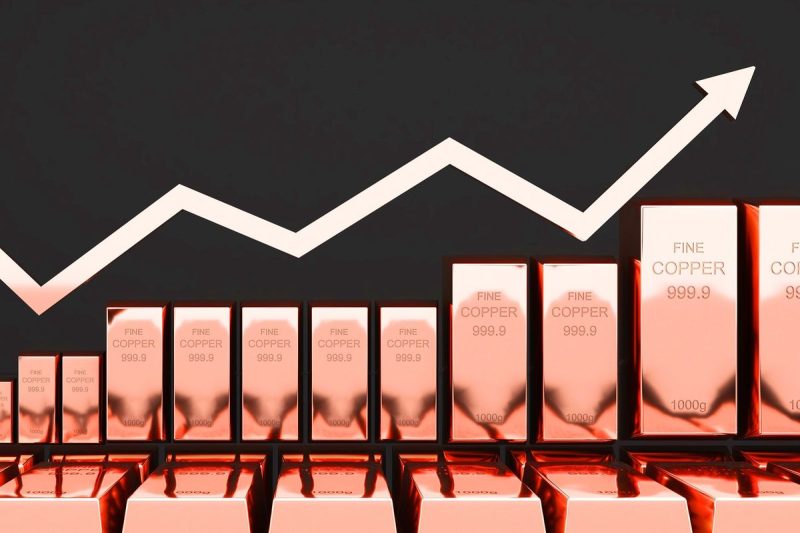The copper market has been a topic of interest for many investors and analysts alike, as its price dynamics often provide insights into the overall health of the global economy. With the recent volatility in commodity markets and uncertainties surrounding the COVID-19 pandemic, investors are eagerly anticipating when copper prices may start to climb again.
Copper, known as Dr. Copper, is often referred to as a barometer of economic health due to its widespread use in various industries, including construction, electronics, and transportation. As a result, its demand is closely tied to economic growth and industrial activity. When economies are booming and industrial production is high, the demand for copper tends to increase, driving prices upwards. Conversely, during economic downturns or periods of reduced industrial activity, copper prices tend to decline.
To understand when copper prices may start to rise again, it is essential to examine the factors that impact its demand and supply. One significant factor affecting copper demand is infrastructure development. Governments worldwide are increasingly focusing on infrastructure projects to stimulate economic growth, and copper is a vital component in constructing buildings, bridges, and transportation systems. As more countries invest in infrastructure, the demand for copper is anticipated to rise, potentially leading to an increase in prices.
Another crucial driver of copper demand is technological advancements. The ongoing digital revolution and the increasing adoption of renewable energy technologies, such as electric vehicles and solar panels, are expected to drive the demand for copper in the long term. These technologies require significant amounts of copper for their production, which may put upward pressure on copper prices.
On the supply side, copper mining is a complex and capital-intensive process. The development of new copper mines requires substantial investments, along with environmental and regulatory considerations. Delays or disruptions in mine development can constrain supply, potentially leading to higher prices. Additionally, geopolitical factors, such as trade disputes and export restrictions imposed by major copper-producing countries, can affect the global supply of copper, triggering price fluctuations.
Considering these factors, it is difficult to pinpoint an exact timeframe for when copper prices will go up. However, many analysts remain optimistic about the long-term outlook for copper. As economies recover from the effects of the pandemic and governments invest in infrastructure, copper demand is expected to rebound, potentially driving prices higher. Furthermore, the transition towards cleaner and greener technologies is likely to increase the need for copper, creating a favorable environment for price appreciation.
Investors interested in copper should closely monitor global economic indicators, infrastructure investment announcements, technological advancements, and geopolitical developments to gauge the potential timing of a copper price rally. It is essential to note that commodity markets are inherently volatile, and various unforeseen factors can influence price movements.
In conclusion, while it is challenging to predict precisely when copper prices will rise, the long-term prospects for the red metal remain positive. As infrastructure development and technological advancements continue to shape our world, the demand for copper is expected to strengthen. Investors should stay informed and position themselves strategically to benefit from potential future copper price increases.


